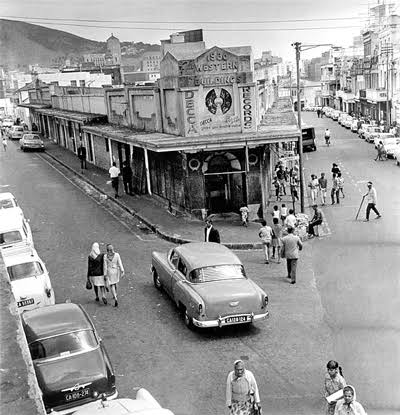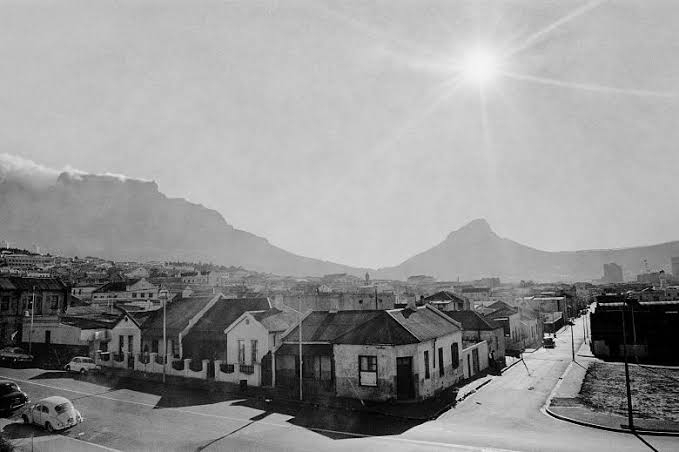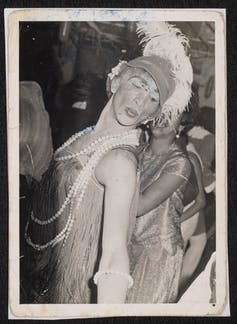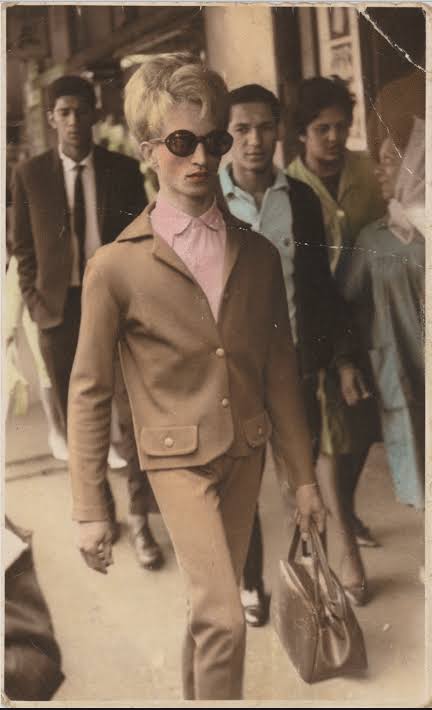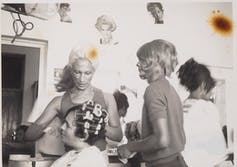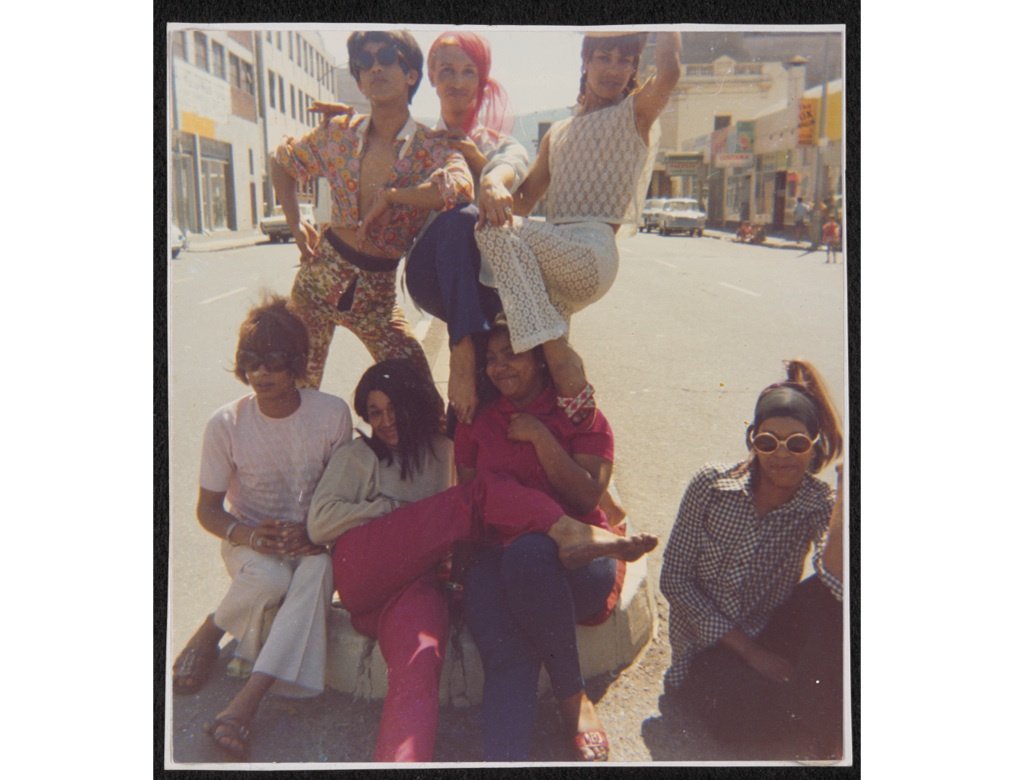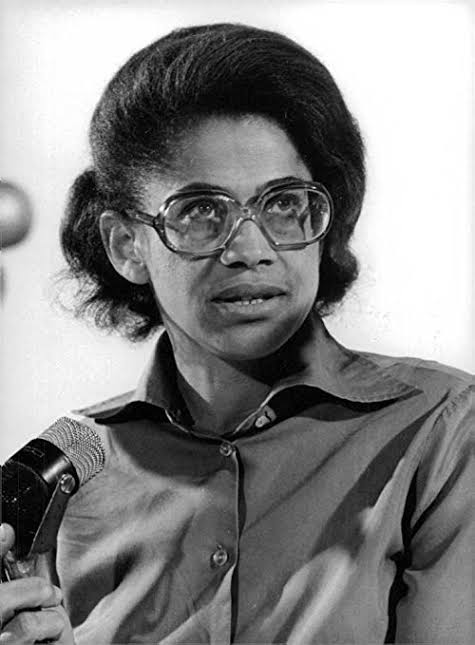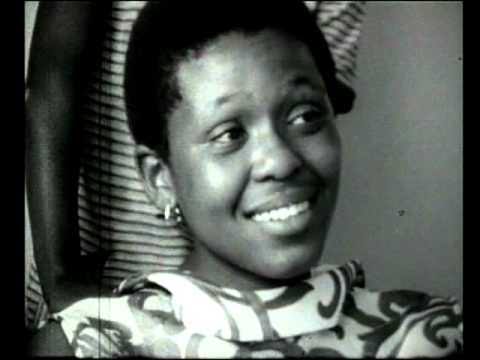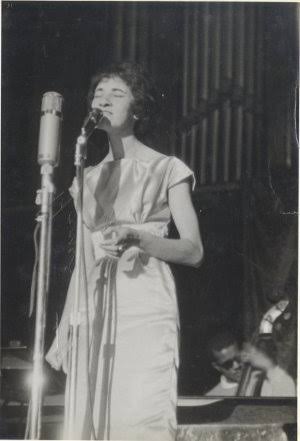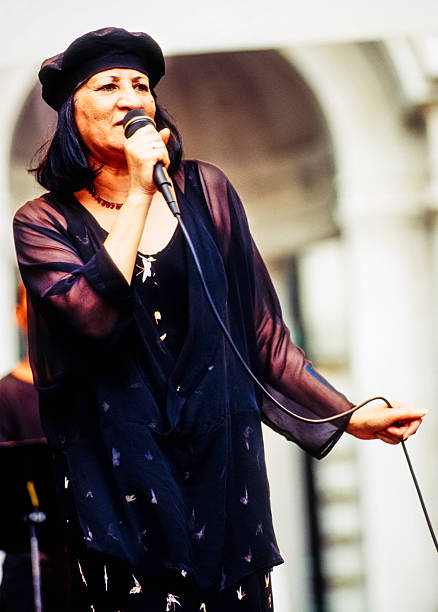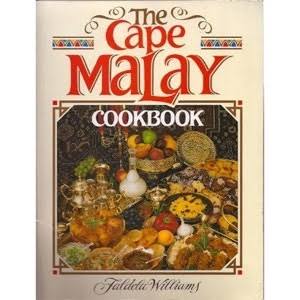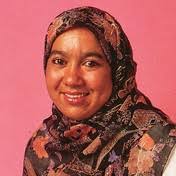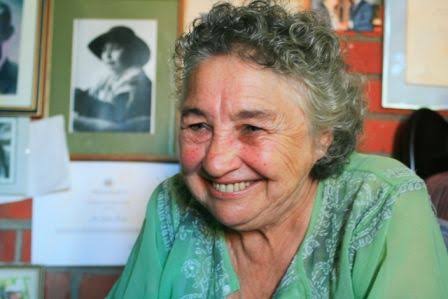Yesterday marked the 65th anniversary of the beginning of the end of District Six by way of forced removals, an area that was established in 1867 and home to a diverse community Capetonians. But this declaration took place 65 years after another forced removal in 1901.
In February 1901, Cape Town experienced its first cases of the Bubonic Plague. Black people were blamed for it and the first people removed from District Six were relocated to an area called Uitvligt. A year later the name of this area was changed to Ndabeni.
The Bubonic plague at the turn of the 20th century set the tone for urban spatial planning. The PE township, New Brighton was established in the same year for similar reasons. It is my feeling that even during this pandemic messaging around its spread tends to point the finger at
Black people. It's the ways ilokishi is hyper-surveillanced meanwhile there were no signs of water cannons and rubber bullets on the beaches over the past few weeks.
So briefly I just want to highlight a few interesting figures born in the area starting with hairstylist, businesswoman ball room icon and drag queen Kewpie was born in 1942 and was a beloved daughter of the District among the pioneers of the LGBT+ community in Cape Town.
She archived her life as thoroughly as possible even as the apartheid regime cracked down hard on hers and the rights of many around her. More of her life and photographs are housed in the GALA archives.
Ottilie Abrahams was a student when she lived in District Six. She had come from Namibia to pursue postgraduate studies at UCT. Cape Town was a great space of political learning by future SWAPO freedom fighters from movements involved in the Defiance Campaign.
Abrahams was the founding member of the Ovamboland People's Congress formed in Cape Town in 1957. The Namibia and South Africa relationship goes a long way. One of Cofimvaba's unsung freedom fighters, Putuse Dywili-Appolus was a leading figure of SWAPO.
District Six has given us many jazz icons. One of them is singer Sathima Bea Benjamin who was also among the artists who ran the ANC's culture desk. Her activist work meant surveillance. Her letters to and from her husband Abdullah Ibrahim were found among CIA archives.
Chef Faldela Williams was also born in District Six. Her work to amplify the culinary heritage of Cape Malay community is important. It is food as historiography. This food owes its origins to the enslaved people who were brought from India, Cape Verde, Malaysia, Mauritius etc.

 Read on Twitter
Read on Twitter